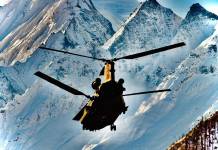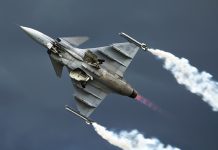The US Air Force (USAF) is developing a futuristic sixth-generation fighter that will be compatible with emerging technologies, which can be incorporated into it over time without disturbing the aircraft’s primary flight system.
Precisely Designed For Ukraine-Like War — F-35 Pilot Reveals How US Stealth Jets Can Deflate “Moscow’s Machoism”
The flight control software for the Air Force’s Next Generation Fighter is being constructed separately from the software that governs its mission systems, a unique feature that the service’s top general claims will allow the aircraft to be updated with new technologies more swiftly.
During a round table with reporters on April 12, Air Force Chief of Staff Gen. CQ Brown stated that the approach for the Next Generation Air Dominance Program (NGAD) is one that the service has not followed in any of its previous fighters.
Tracking China’s Hypersonic Missiles – After Moscow, Beijing Threatens To Neutralize America’s ‘Greatest Wartime Asset’
“If you’re able to take the flight control software and separate it from the mission system software… [and] I plug in an extra black box with whatever computing power, it doesn’t interfere with the flight controls,” Brown said. “[In] the F-16 I flew, the mission software and the flight control software were all intertwined. So anytime you did a mission upgrade, you had to go back and make sure the aircraft is safe to fly.”
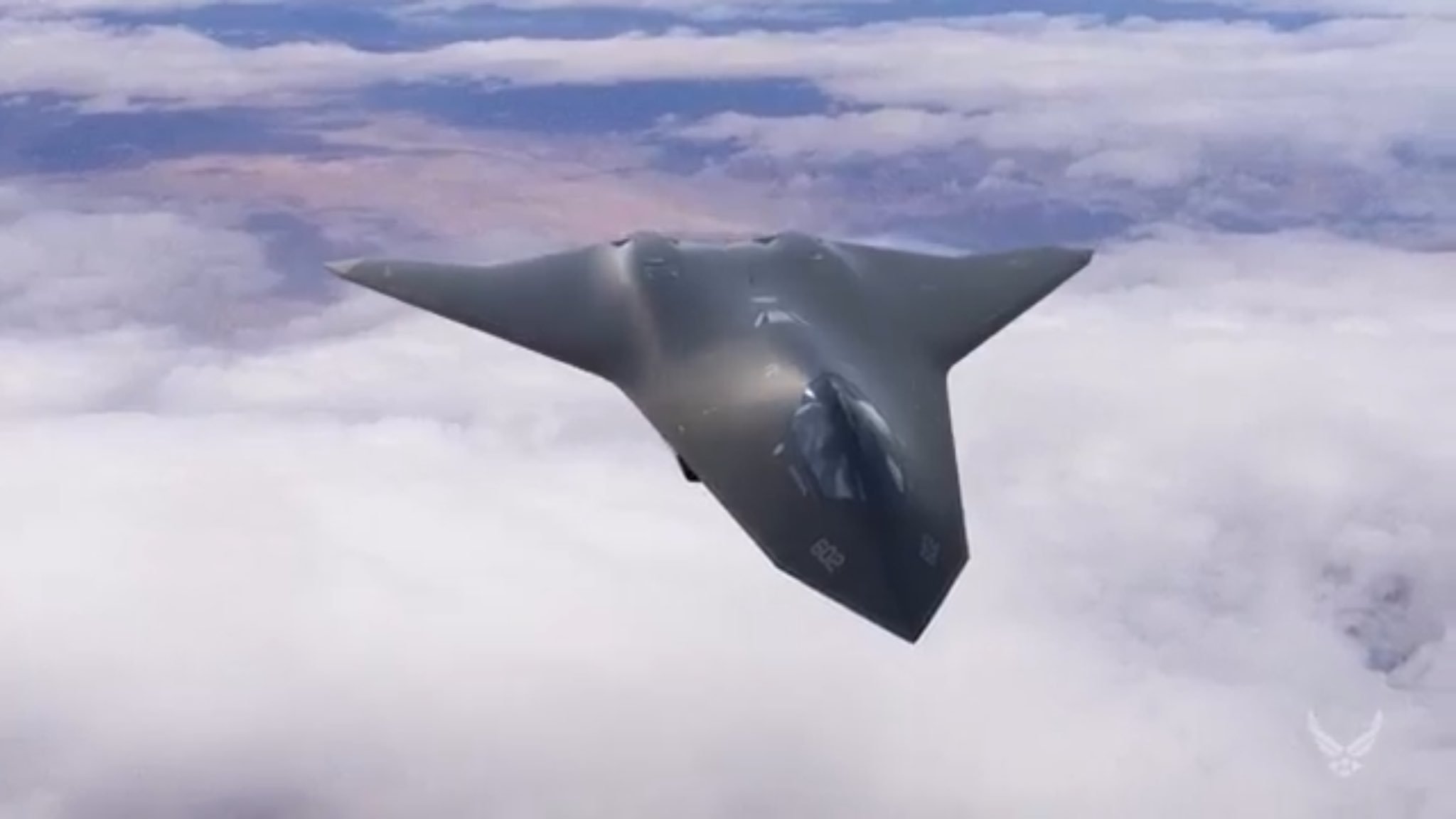
The NGAD 6th-generation fighter from the United States has recently received a boost in the recent defense budget proposal that calls for more research and development funding, potentially to aid the newfangled warplane.
This ‘generosity’ may enable USAF and Navy to unveil a futuristic aircraft far ahead of its rivals — China and Russia.
There is very little information about the NGAD in the public domain. While the NGAD’s status as a top-secret “special access program” is one obvious reason for the lack of information about it, the program’s decoupled software approach raises the possibility that even those with insider knowledge of the NGAD aircraft won’t be able to predict what kinds of novel technology will be deployed.
According to Brown, decoupling the flight control and mission system software would allow the Air Force to incorporate new technologies that are already in development, as long as they fit within the aircraft and match weight, power, and cooling requirements.
“We can then change the mission systems and allow various vendors to compete, as long as they meet, form fit, and function,” Brown said. “And because it drives competition, you get a better end product, and ideally, it brings the price down as well.”
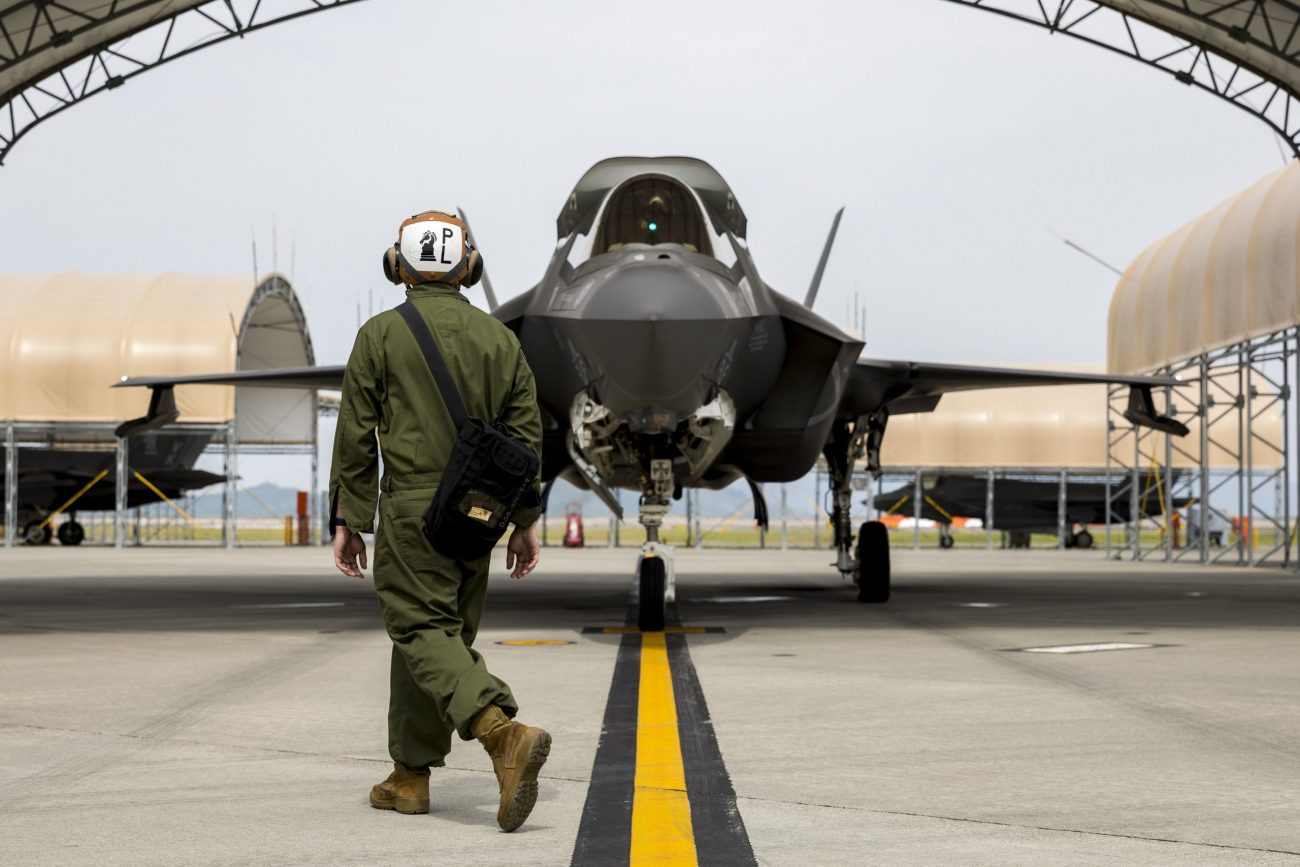
The Fighter Of The Future
In 2020, the USAF revealed that it had designed, built, and tested a top-secret fighter plane in just a year. The fighter is part of the Air Force’s NGAD program, which intends to replace the F-22 Raptor by 2030.
It was recently announced that the service plans to retire 33 of its older F-22 fighter jets. These jets are reportedly no longer combat capable and are solely used for training.
As part of the NGAD program, the USAF has decided to shift that cost to research cutting-edge combat jet designs, especially NGAD, as previously noted by the EurAsian Times.
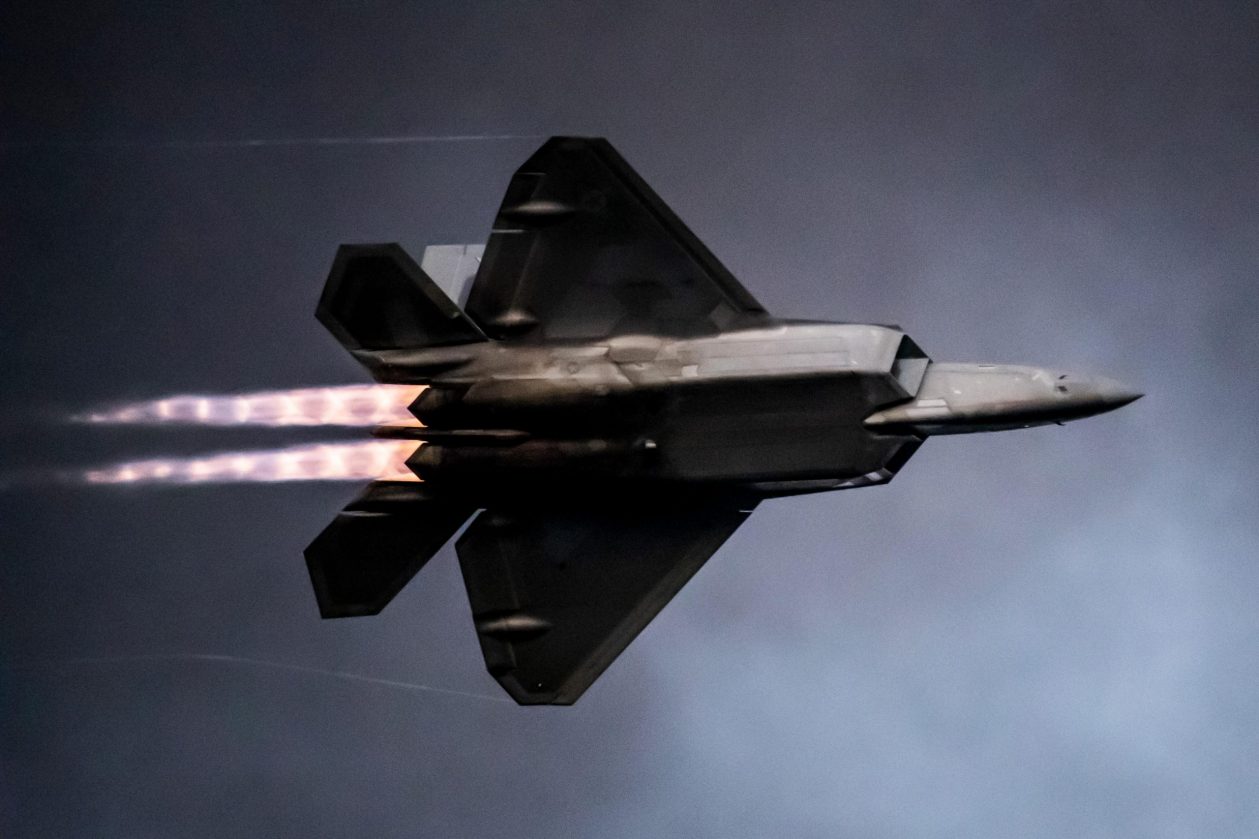
In a testimony before the House Armed Services Committee on the fiscal 2022 budget, Air Force Chief of Staff Gen. Charles Q. Brown Jr. stated that there could be two variants of NGAD, one with long-range missions for the Indo-Pacific (for China ops) and the other with shorter ranges between possible battle areas in Europe (for Russia ops).
The US Air Force and US Navy have their separate NGAD programs. The artist’s rendering of the aircraft shows a triangular-shaped warplane with no vertical tail. The NGAD program will have a fighter jet with improved speed, maneuverability, stealth technology, and AI-assisted data processing.
Further, the NGAD is being designed to conduct unmanned missions and take part in manned-unmanned teaming, in which human pilots work alongside drones and unmanned platforms including Loyal Wingman aircraft.

NGAD is one of the “seven operational imperatives” that have been outlined for USAF’s future. Under this framework, the NGAD is critical for confronting the difficulties posed by increasing Chinese and Russian threats.
This category might include, for example, the ability to carry hypersonic weapons, which the US is aggressively developing.
Besides the US, only China and Russia have operational fifth-generation fighter jets, whereas several other countries are in the process of developing and launching their own fighters.
Though China is probably already working on its sixth-generation fighter aircraft, it potentially trails behind the US, which has already developed and tested a prototype.
- Contact the author at sakshi.tiwari9555@gmail.com
- Follow EurAsian Times on Google News

